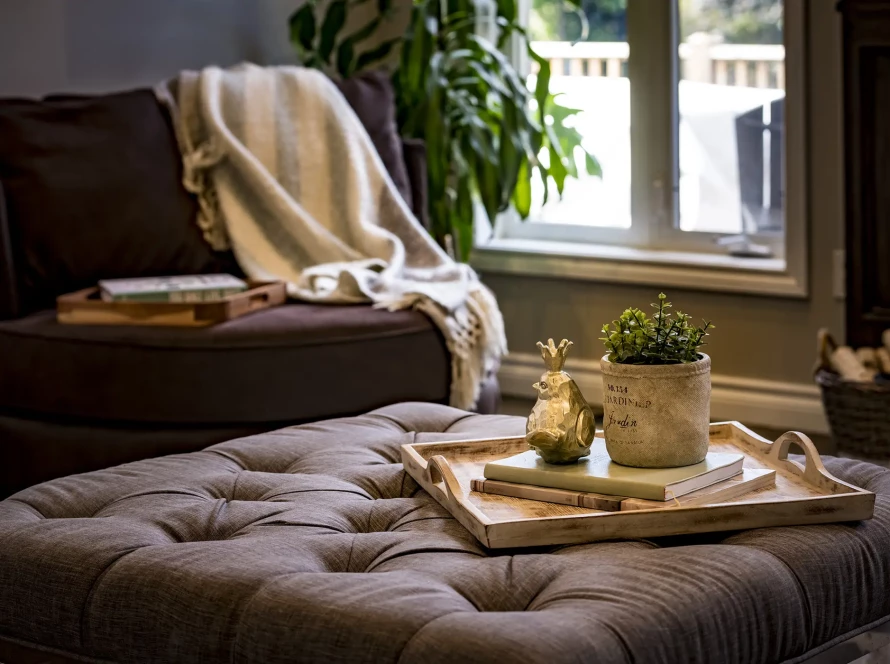Ensuring color accuracy in giclée prints is essential for maintaining the integrity of original artwork and delivering high-quality reproductions. As a professional photographer or artist, you understand the importance of precise color representation in your work. Accurate color reproduction not only preserves the artistic vision but also enhances the viewer’s experience. This guide will explore the critical aspects of color management, from understanding color profiles to selecting the right materials and equipment. By implementing a consistent workflow, you can achieve the desired color accuracy in your giclée prints, ensuring that your creations are faithfully and beautifully reproduced.
Understanding the Basics of Color Management
Color management is a fundamental aspect of achieving giclée color accuracy. At the heart of this process are color profiles, which are essential for ensuring that the colors in your digital files are accurately translated into print. These profiles act as a bridge between your digital work and the physical print, helping to maintain consistency across different devices and media. By using the correct color profiles, you can ensure that the colors in your giclée prints closely match those in your original artwork.
Monitor calibration is another critical component in achieving accurate color representation. Without proper calibration, the colors you see on your screen may not reflect the true colors of your digital files, leading to discrepancies in the final print. Regularly calibrating your monitor ensures that it displays colors as accurately as possible, providing a reliable reference point for your work. This step is crucial for artists and photographers who rely on precise color matching in their giclée prints.
Soft proofing is a valuable technique that allows you to preview how colors will appear in the final print. By simulating the print output on your calibrated monitor, soft proofing helps you identify potential color shifts and make necessary adjustments before printing. This process can save time and resources by reducing the need for multiple test prints. By incorporating soft proofing into your workflow, you can enhance giclée color accuracy and achieve more predictable results.
Understanding the interaction between different color spaces is also vital for maintaining color accuracy. Different devices, such as cameras, monitors, and printers, may use varying color spaces, which can affect how colors are perceived. By ensuring that your digital files are in a compatible color space with your printer, you can minimize color discrepancies and achieve more consistent results. This knowledge is essential for anyone looking to produce high-quality giclée prints.
Finally, it’s important to recognize that achieving giclée color accuracy is an ongoing process. As technology and materials evolve, staying informed about the latest advancements in color management can help you maintain the highest standards in your work. By continually refining your understanding of color management principles, you can ensure that your giclée prints remain true to your artistic vision and meet the expectations of your audience.
Choosing the Right Materials and Equipment
Selecting the appropriate materials and equipment is crucial for achieving color accuracy in giclée prints. High-quality inks and papers are essential, as they support a wide color gamut and ensure that the prints capture the full range of colors present in the original artwork. When choosing inks, consider those that are specifically designed for fine art printing, as they offer superior color fidelity and longevity. Similarly, opt for archival-grade papers that not only enhance color vibrancy but also provide durability and resistance to fading over time.
The technology and settings of your printer play a significant role in determining the color accuracy of your giclée prints. Advanced printer models designed for fine art printing often come with features that enhance color precision, such as multiple ink cartridges and high-resolution capabilities. It’s important to configure your printer settings correctly, including resolution and color management options, to ensure optimal results. Regular maintenance and calibration of your printer can also help maintain consistent color output and prevent unexpected variations.
- Choose inks and papers that support a wide color gamut.
- Opt for archival-grade materials for durability and color fidelity.
- Use advanced printer models with features for enhanced color precision.
- Configure printer settings for optimal color management.
- Regularly maintain and calibrate your printer for consistent results.
Environmental factors, such as lighting conditions, can significantly influence color perception and should be carefully considered when producing giclée prints. The lighting in your workspace can affect how colors appear on both your monitor and the final print, potentially leading to discrepancies. To mitigate this, work in a controlled lighting environment with consistent, neutral lighting that minimizes color distortion. Additionally, when evaluating prints, use a light source that closely mimics the lighting conditions in which the artwork will be displayed to ensure accurate color assessment.
By carefully selecting the right materials and equipment, you can significantly enhance the color accuracy of your giclée prints. This attention to detail not only ensures that the prints are true to the original artwork but also elevates the overall quality of the reproduction. As you refine your approach to fine art printing, consider the interplay between materials, technology, and environmental factors to achieve the best possible results. This comprehensive understanding will enable you to produce giclée prints that faithfully represent your artistic vision and meet the high standards expected in the art world.
Implementing a Consistent Workflow
Establishing a consistent workflow is essential for achieving reliable color matching in prints. Begin by standardizing your file preparation process, ensuring that all digital files are correctly formatted and use the appropriate color profiles. This consistency helps maintain color accuracy across different projects and minimizes the risk of errors during printing. By adhering to a standardized workflow, you can streamline the production process and achieve more predictable results in your giclée prints.
Regular maintenance and updates of your equipment are crucial for ensuring consistent color output. Printers, monitors, and other devices can drift over time, leading to variations in color accuracy. By routinely calibrating and servicing your equipment, you can prevent these discrepancies and maintain the integrity of your prints. Keeping your technology in optimal condition is a proactive step that supports long-term color consistency and quality.
Conducting test prints is a valuable practice that allows you to verify color accuracy before proceeding with final production. Test prints provide an opportunity to assess how colors translate from digital files to physical prints, enabling you to make necessary adjustments. This step can save time and resources by identifying potential issues early in the process. By incorporating test prints into your workflow, you can enhance the precision of color matching in prints and ensure that the final product meets your expectations.
A consistent workflow also involves careful documentation of settings and processes used in each project. By keeping detailed records, you can replicate successful outcomes and troubleshoot any issues that arise. This documentation serves as a reference point for future projects, helping you maintain a high standard of color accuracy. Consistent record-keeping is an invaluable tool for artists and photographers striving for excellence in their giclée prints.
Ultimately, implementing a consistent workflow is about creating a reliable framework that supports color accuracy and quality in every print. By focusing on standardization, maintenance, and testing, you can achieve a level of precision that reflects the true essence of your original artwork. This approach not only enhances the visual impact of your prints but also reinforces your reputation for producing high-quality reproductions. Through dedication to a consistent workflow, you can ensure that your giclée prints are a faithful representation of your artistic vision.
Achieving Mastery in Giclée Print Color Accuracy
To ensure your giclée prints reflect the true essence of your original work, it is essential to master color management, select premium materials, and maintain a consistent workflow. By calibrating monitors, choosing the right inks and papers, and implementing a standardized process, you can achieve precise color accuracy. Regular equipment maintenance and test prints further enhance the fidelity of your reproductions, allowing you to deliver high-quality prints that honor your artistic vision.




